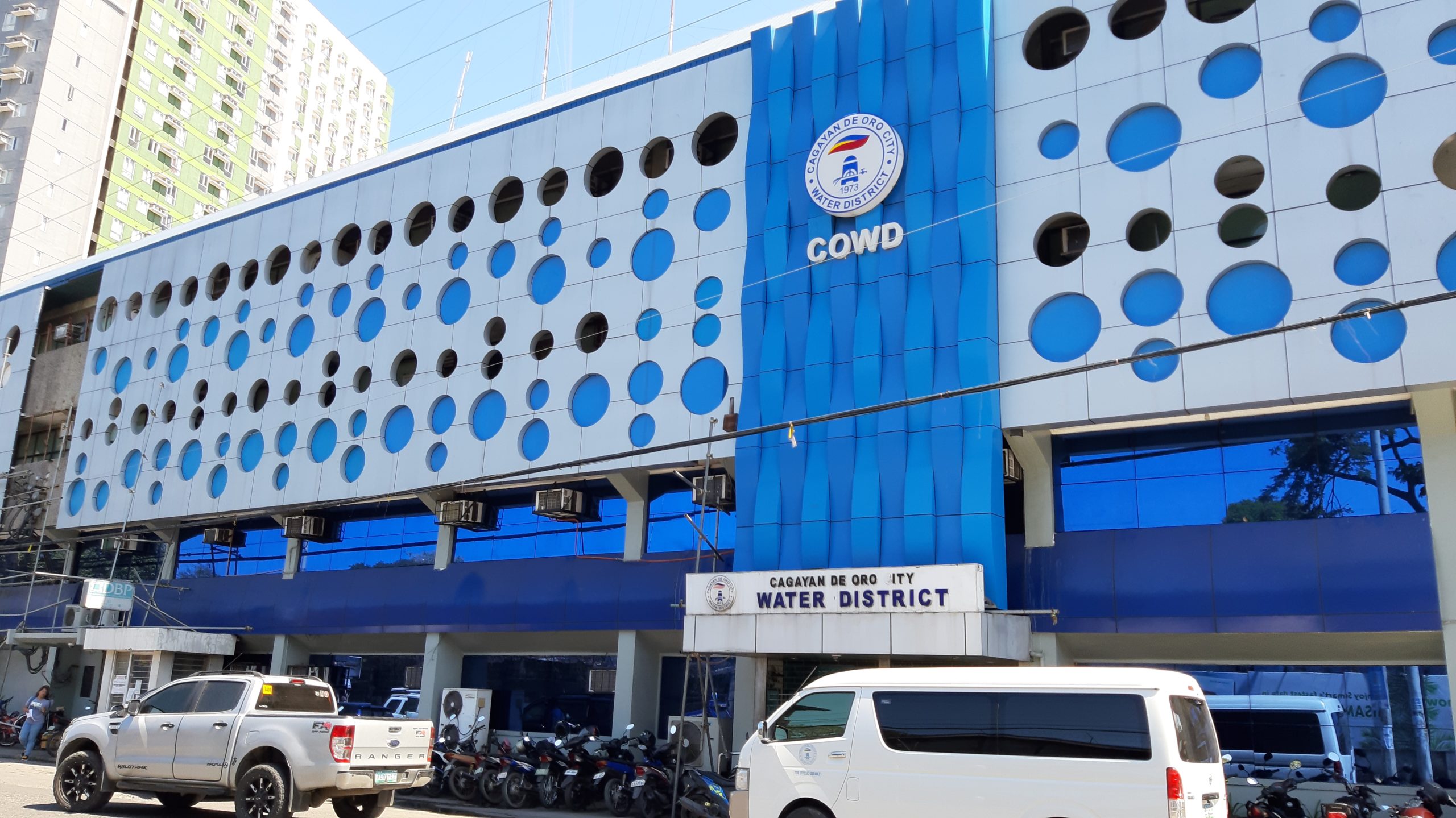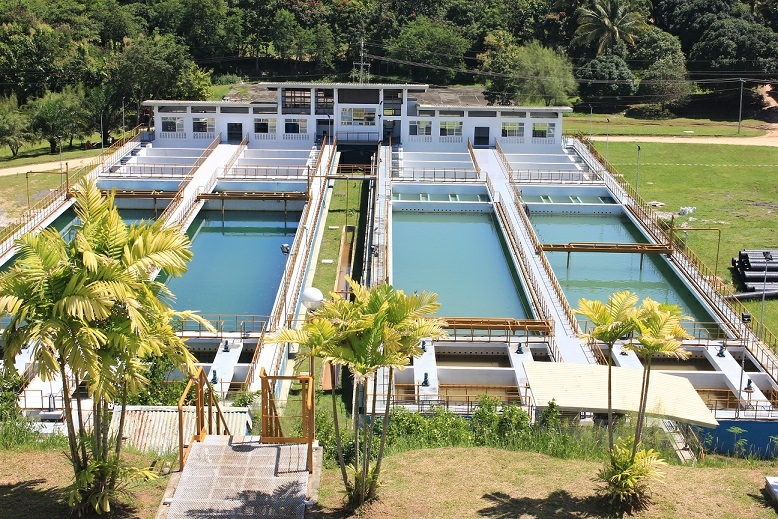
By Erwin Mascariñas
Correspondent .
THE Bureau of Fisheries and Aquatic Resources (BFAR) has hoisted a warning and ban on the harvest and consumption of shellfish coming from Lianga Bay in Surigao del Sur due to red tide.
The red-tide warning came after the BFAR national office released the Shellfish Bulletin no.1 for 2019, dated Jan. 14, 2019. It stated that Lianga Bay has been found positive for the significant presence of red-tide toxin based on latest laboratory tests.
The warning pointed out that all types of shellfish and Acetes species or alamang gathered from the area are not safe for human consumption after tests were performed on samples submitted for analysis.
Dr. Leona Victoria Nortega, officer-in-charge of the regional fisheries laboratory, said it is the same as the December 2017 outbreak.
“For a year now, we have constantly monitored the area and have been conducting water sampling every week and then send the results to our national office. The causative organism identified in the current red-tide episode is Pyrodinium bahamense, and it is around the waters of Barobo. But since the town is part of the entire Lianga Bay, the warning is issued for the entire area,” said Nortega.
Nortega said “the regional office has disseminated throughout the municipal channels, the warning addressed to fishing communities to not take risks and temporarily desist from harvesting, marketing, buying and eating shellfish from the towns of Lianga and Barobo here in Surigao del Sur.”
“Unfortunately, even with the red-tide warning in place last year in the area, we had reports of those who still insisted on selling and eating shellfish. This should be a prime concern for the local government units and for them to strictly enforce the warning before someone might accidentally eat shellfish with a high concentration of toxins,” added Nortega.
Red tide results from marine nutrient levels of nearshore waters that reach sufficient levels to trigger a bloom of reddish dinoflagellates that harbor toxins which get lodged in marine animals and seafood like bi-valve seashells and crustaceans, and therefore get passed up the food chain.
This results in the waters becoming tinged with the reddish algae.
According to a report by Water Environment Partnership in Asia, the rapid increase in population, urbanization and industrialization count as factors that reduce the quality of Philippine waters.
The discharge of domestic and industrial wastewater and agricultural runoff has caused extensive pollution of the coastal water bodies. The effluent is in the form of raw sewage, detergents, fertilizers, heavy metals, chemical products, oil, and solid waste.
The report stated that, “the extent of water pollution in the Philippines Bays can be gleaned from the frequent occurrence of red tide since it first came to the attention in 1983.
“Red tide usually occurs when high organic loading from rivers drain into bays resulting in harmful algal blooms. Records from 1983 to 2001, a total of 42 toxic outbreaks have resulted in a total of 2,107 paralytic shellfish poisoning cases with 117 deaths.”
Disclaimer
Mindanao Gold Star Daily holds the copyrights of all articles and photos in perpetuity. Any unauthorized reproduction in any platform, electronic and hardcopy, shall be liable for copyright infringement under the Intellectual Property Rights Law of the Philippines.








